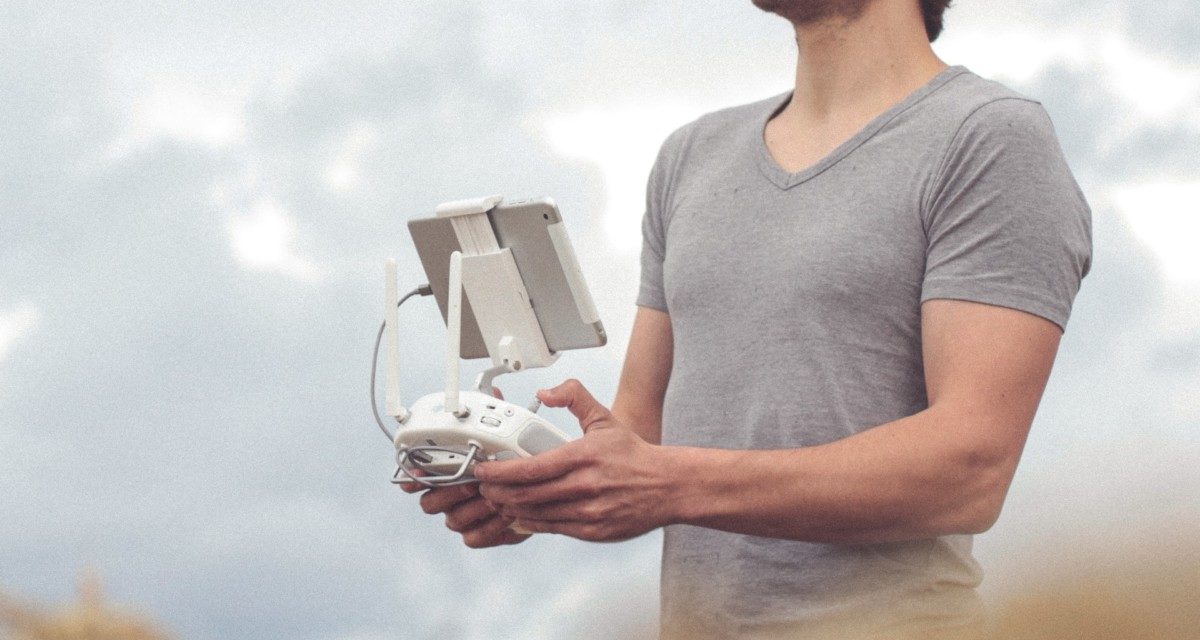[ad_1]
UAV stands for Unmanned Aerial Vehicle and it covers all remotely controlled machines that are also known as quadcopters as well as aircraft used by the US air force. These machines are mainly used by military and police officers to carry out an operation where a manned aircraft seems impractical or too risky. Unmanned aircraft are not new; they have been in use since the World War I. However, at that time the control was mechanical and the aircraft could only go as far as the fuel would allow.
Later on, devices that could be controlled with the help of radio or infra-red technology were developed. These devices became the predecessors of the modern quadcopter that employs integrated circuit or computer chips and can be programmed to fly for a definite time period in a definite direction fulfilling a definite purpose. This design gave rise to the latest quadcopters that are available on the market for hobbyists of all ages who love to fly them.
UAV Classification According to the US Air Force
UAVs can be classified into many different types depending on the purpose for which they are used. However, not all of these are available on the market for general public. The ones available on the market are usually called quadcopters that come with or without a camera and GPS meant for fun or entertainment purposes. Some commercial units are also made to achieve objectives specific to a company or business. However, the more advanced machines used by the US air force are classified into three main types;
1. Extremely small UAVs, also known as micro AV or MAV
2. Low altitude, long endurance UAVs
3. Medium altitude, long endurance UAVs (aka ‘MALE')
4. High altitude, long endurance UAVs (aka ‘HALE')
Examples of these UAVs include Global Hawk, Mariner, Hunter, Predator, and Fire Scout. These are large, sophisticated flying machines with a satellite data link system, cameras, radar, laser designators and weapons. Most of these are fully autonomous, which means they are intelligent devices capable of decision making during their flight. They capture battle damage information in real time and convey it back to the soldiers on ground. They are able to provide continuous operations for up to 7 or 8 hours of staying in the air.
Functional Classification of UAVs
There are six functional categories of UAVs and these machines are designed to achieve a particular objective. The purposes that they fulfill include target acquisition, battlefield intelligence, attack (also known as unmanned combat air vehicle), cargo and logistics, research and development, and commercial UAVs. UAVs are also classified according to their size and these are known as micro, miniature, midsize, and large military-specific or combat.
The main function that makes these UAVs different from the ones available off-the-shelf is their ability to fly autonomously. This means that the vehicle is able to make decisions depending on its flight to change direction, capture images, or return to ground. These machines come equipped with various sensors and in order to make a decision, the input from different sensors is merged. They are also able to communicate with other UAVs flying around as well as with ground stations and satellites. They are capable of determining the ideal course for achieving a mission. These powerful capabilities make them extremely sensitive and sophisticated devices and these operations are not available in quadcopters used for the purpose of fun and entertainment.
Hobbyist UAVs
Hobbyist UAV are the most common type and come in various sizes, designs, prices and functionality. Hobbyist UAVs that can be further classified into three main types:
· Ready-to-Fly (RTF)
· Bind-and-Fly (BNF)
· Almost-Ready-to-Fly (ARF)
Ready-to-Fly are the most commonly used UAVs among general public, hobbyists, and entrepreneurs. As it is clear from the name, these types of flying machines do not need much assembly as they come equipped with the required functionality and you only need to put in the batteries and you are good to go.
These RTF vehicle are designed to provide the user with many basic and advanced features, which are quite useful for a number of applications. The latest quadcopters come with a 12 MP camera for taking excellent quality aerial photos as well as record 4K video. They also offer live HD video streaming on your smartphone or any other hand-held device. The newest ones are associated with a mobile app to give you more control over its functionality as well as use a flight simulator for learning to fly. The flight times vary from model to model, but a fairly good quality quadcopter provides up to 30 minutes of continuous flight time.
Bind-and-Fly, on the other hand, requires you to first bind the machine with its transmitter before taking it off ground. Such a machine is not meant for hobbyists as it requires a little assembly, which only experts can handle. Similarly, ARF or Almost-Ready-to-Fly aircraft require some sort of assembly before they could be used. These machines come with an instructions manual so that anyone could assemble it easily and quickly. They are perfect for expert pilots who already have the radio equipment (the transmitter and the receiver) and are only looking for other parts to complete the structure of their vehicles.
All these UAVs are available off-the-shelf in the price range of $50 to $3,000 and even more depending on their specifications, model, and overall design. Most quadcopters are very robust and durable and therefore they last for a long time if handled properly.
Although these UAVs are considered friendly they do pose threat to public safety as they can mistakenly fly over private property and no-fly zones, or collide with another aircraft, damage something or crash land somewhere unknown. It is therefore advisable to follow the precautionary measures while flying these seemingly harmless quadcopters for the sake of fun in order to ensure safety.
[ad_2]
Source by Victor Holman

